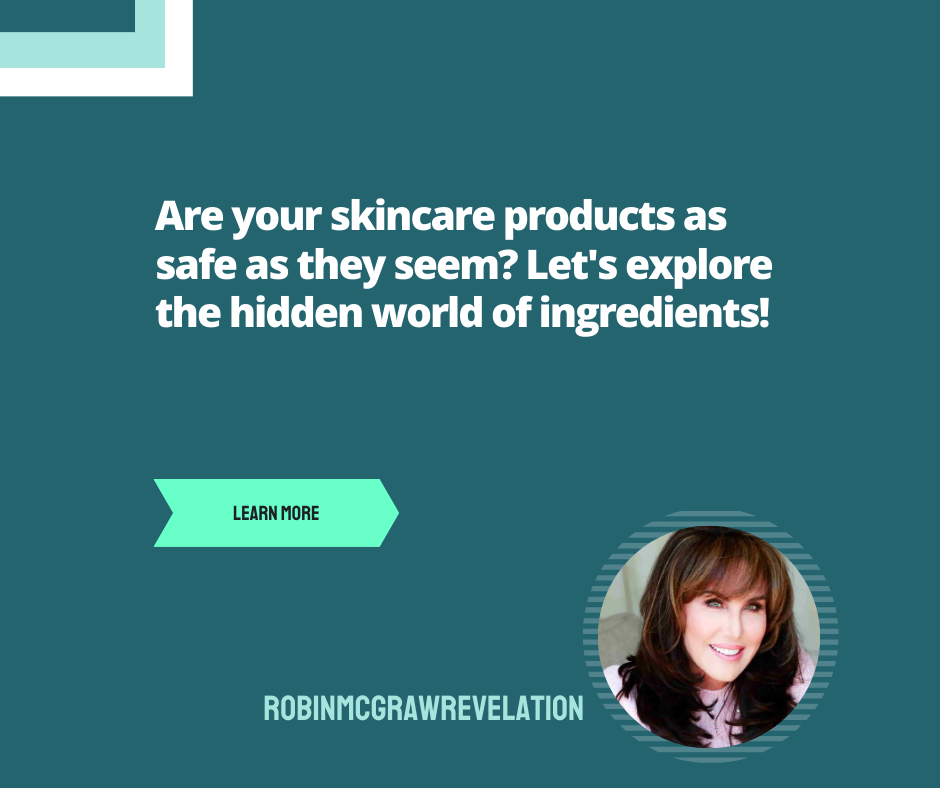
Navigating Skincare: Identifying and Avoiding Harmful Ingredients for Healthier Skin
Introduction
In the quest for flawless skin, consumers often find themselves navigating a labyrinth of skincare products, each promising miraculous results. However, amidst this myriad of options, a critical question arises: are we adequately informed about the ingredients that permeate our skin? This article sheds light on the hidden dangers lurking in commonly used skincare products and guides you on a path towards safer, more skin-friendly choices.

Understanding Skincare Ingredients
When it comes to skincare, knowledge is power. Key ingredients often found in our daily products, like Parabens and Sulfates, might be doing more harm than good. Parabens, used as preservatives, can disrupt hormone function, an effect linked to increased risk of breast cancer and reproductive fertility issues. Sulfates, on the other hand, responsible for the lather and foam in cleansers, can strip the skin of its natural oils, leading to dryness and irritation. Understanding these components is crucial to safeguard your skin's health.

The Impact of Harmful Ingredients on Skin
Harmful ingredients in skincare products are not just words on a label; their impact on skin health can be profound. For example, synthetic fragrances, a common component in many products, are among the top five allergens in the world, potentially leading to skin irritation, rashes, and other allergic reactions. This is especially crucial for those with sensitive skin, as their skin barrier is more susceptible to damage from harsh chemicals, making it imperative to choose products with gentle and safe ingredients.
Reading Labels: Spotting Harmful Ingredients
Empower yourself by becoming a savvy label reader. Skincare products list ingredients in descending order of concentration, so those at the top have the highest quantity. Look out for names like formaldehyde, a known carcinogen, and phthalates, which are linked to reproductive issues. Be wary of terms like "fragrance" or "parfum," as they can encompass numerous hidden chemicals. Learning these terms enables you to make informed decisions about what you're applying to your skin.
Natural vs Synthetic: A Comparison
The debate between natural and synthetic ingredients in skincare is ongoing. Natural ingredients are sourced from plants and minerals and are generally perceived as safer. However, it's crucial to understand that natural doesn't always mean better. Some natural ingredients can be irritants or allergens. On the other hand, not all synthetic ingredients are harmful; many are developed to be safe and effective for skin. The key is to focus on the safety and efficacy of ingredients, whether natural or synthetic.
Safe Skincare Practices for Sensitive Skin
Sensitive skin requires a delicate balance. To ensure safety and comfort, opt for hypoallergenic, fragrance-free, and alcohol-free products. Ingredients like aloe vera, chamomile, and oatmeal are known for their soothing properties and are generally safe for sensitive skin. It's also advisable to perform a patch test before fully incorporating a new product into your routine. Remember, the gentler the product, the kinder it is to your sensitive skin.
Eco-Friendly Skincare: Beyond Skin Health
Skincare is not just about personal health; it's also about environmental responsibility. Eco-friendly skincare products, free from harmful chemicals, are not only better for your skin but also for the planet. Ingredients like microbeads, found in exfoliators, are detrimental to aquatic life. Opting for products with biodegradable ingredients and sustainable packaging can significantly reduce your ecological footprint, making your skincare routine not only safe for you but also kind to the environment.
Alternatives to Avoided Ingredients
Transitioning to safer skincare doesn't mean compromising on effectiveness. There are numerous alternatives to harmful ingredients that offer similar, if not better, results. For instance, instead of sulfates, look for natural saponins for cleansing. Replace synthetic fragrances with essential oils for a natural scent. Hyaluronic acid and glycerin are excellent alternatives for parabens in moisturizing products. Embracing these alternatives can enhance your skincare routine without the risks associated with harmful ingredients.
Building a Safe Skincare Routine
Crafting a skincare routine devoid of harmful ingredients involves careful selection and knowledge. Start with the basics: a gentle cleanser, a hydrating moisturizer, and a sunscreen with broad-spectrum protection. Gradually introduce serums or treatments targeted towards specific skin concerns, ensuring they align with your commitment to avoiding harmful ingredients. Regularly review and adjust your routine, staying informed about the latest in skincare science for the safest and most effective choices.

Conclusion
In conclusion, navigating the world of skincare products requires more than just understanding your skin type; it involves being vigilant about the ingredients you allow into your skin sanctuary. By educating yourself about harmful ingredients, embracing eco-friendly and sensitive-skin-friendly practices, and carefully selecting safer alternatives, you can ensure that your skincare routine not only enhances your beauty but also protects your health and the environment. Make each choice a conscious step towards a safer, more sustainable beauty regime.

